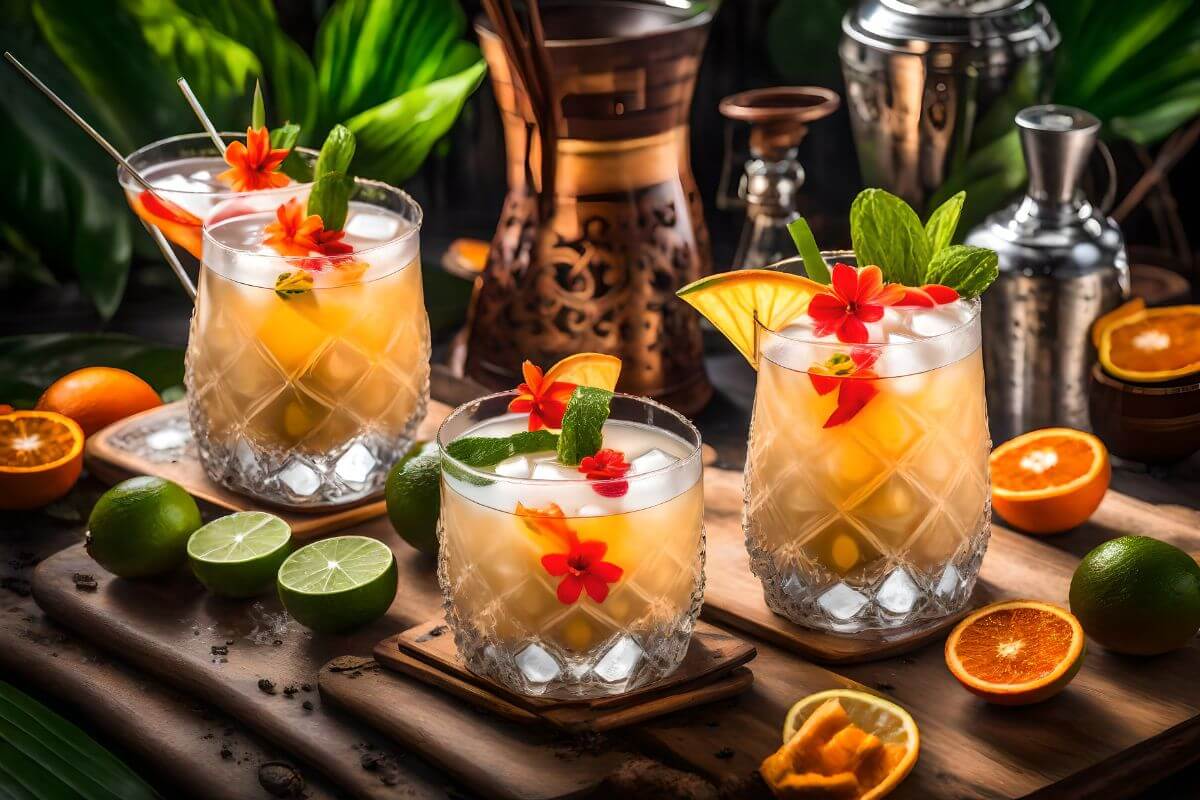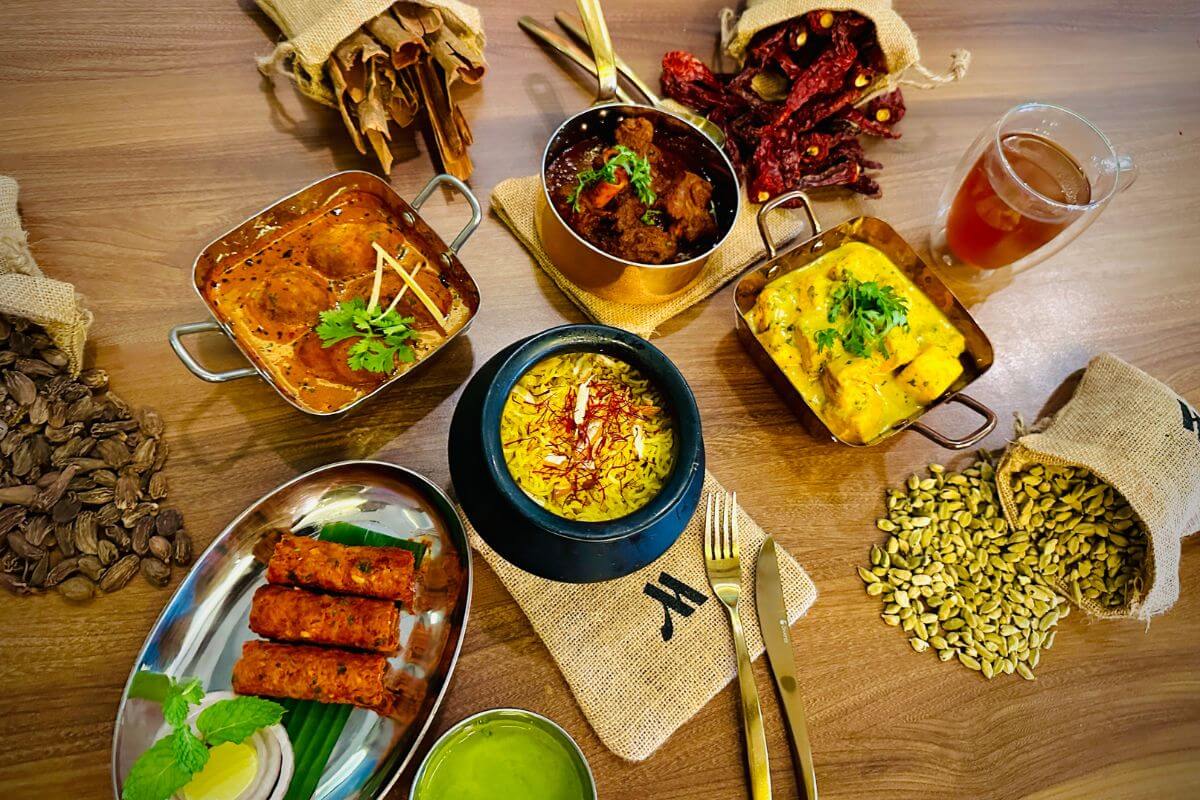Cocktails are more than just a mixture of spirits, mixers, and ice. They are a complex art form that engages multiple senses, from the visual appeal to the intricate play of flavors and aromas. Condiments and garnishes play a crucial role in enhancing this experience, transforming a simple drink into a sophisticated masterpiece. In this detailed exploration, we delve into how these elements contribute to the world of mixology, their types, and the techniques for their effective use.
The first interaction with a cocktail is often visual. A well-crafted garnish can transform a standard drink into a visually stunning creation, enticing the drinker before the first sip. Garnishes such as citrus twists, herb sprigs, and edible flowers add colour and flair, making the drink more appealing. The visual appeal sets the tone and expectation for the overall experience, making it an essential aspect of cocktail presentation.
Aromas significantly influence the perception of flavour. Garnishes like fresh herbs, citrus peels, and spices release essential oils and fragrances that enhance the aromatic profile of a cocktail. For example, a sprig of mint in a Mojito or a twist of lemon in a Martini adds a burst of fresh aroma that complements the drink’s flavours. The olfactory engagement is crucial in creating a multi-sensory drinking experience.
Condiments and garnishes are not just decorative; they play a vital role in balancing and enhancing the flavours of a cocktail. A well-chosen garnish can add a new dimension to the drink. For instance, a salted rim on a Margarita accentuates the sweetness and tartness of the cocktail, while a cherry in an old-fashioned adds a hint of sweetness that balances the bitterness of the bitters. These elements help create a harmonious and well-rounded flavor profile.
In addition to flavour and aroma, garnishes can contribute to the texture and mouthfeel of a cocktail. Elements like sugar rims, crushed ice, or even a celery stick in Bloody Mary provide a contrasting texture that enhances the drinking experience. The crunch of a sugar rim or the smoothness of an ice sphere can make a significant difference in how a cocktail is perceived and enjoyed.
Types of Garnishes and Their Uses
Citrus Garnishes:
- Lemon/Lime Wedges and Twists: Commonly used in a variety of cocktails, they add a fresh and zesty aroma.
- Orange Slices: Popular in drinks like the Old Fashioned and Negroni, adding a sweet and aromatic citrus note.
Herbs:
- Mint Sprigs: Essential for Mojitos and Juleps, providing a refreshing aroma and taste.
- Rosemary and Thyme: Used in more complex cocktails, offering earthy and pine-like notes.
Edible Flowers:
- Violets and Lavender: Used for their delicate and unique floral aromas, adding a touch of elegance to cocktails.
Spices:
- Cinnamon Sticks: Common in warm, spiced cocktails, contributing both aroma and flavour.
- Star Anise and Cloves: Used in both hot and cold drinks, providing a distinct and warming spice profile.
Fruits:
- Berries and Cherries: Used in cocktails like the Manhattan and various tiki drinks, adding colour, sweetness, and a burst of flavour.
- Pineapple and Watermelon: Common in tropical cocktails, enhancing the exotic flavour profile.
Unique Garnishes:
- Candied Ginger and Dehydrated Citrus: Adding both a visual and flavour element, often used in modern mixology.
Techniques for Effective Use
- Expressing Oils: Twisting citrus peels over the drink releases essential oils, enhancing aroma and flavour.
- Rimming Glasses: Using sugar, salt, or spices to rim glasses adds a textural element and a burst of complementary flavour.
- Skewering: Using picks to arrange garnishes like olives, cherries, or citrus wheels adds a neat and visually appealing touch.
- Floating and Layering: Carefully placing garnishes on the surface or within the drink can create a striking visual effect and an interesting mix of flavours.
Condiments and garnishes are indispensable in the world of cocktails. They elevate the drinking experience by enhancing visual appeal, aroma, flavour, and texture. A thoughtfully chosen and expertly applied garnish can transform a simple drink into a work of art, engaging all the senses and leaving a lasting impression. As mixology continues to evolve, the role of these elements will only become more significant, inspiring bartenders and enthusiasts to explore new and creative ways to enhance their cocktails.







